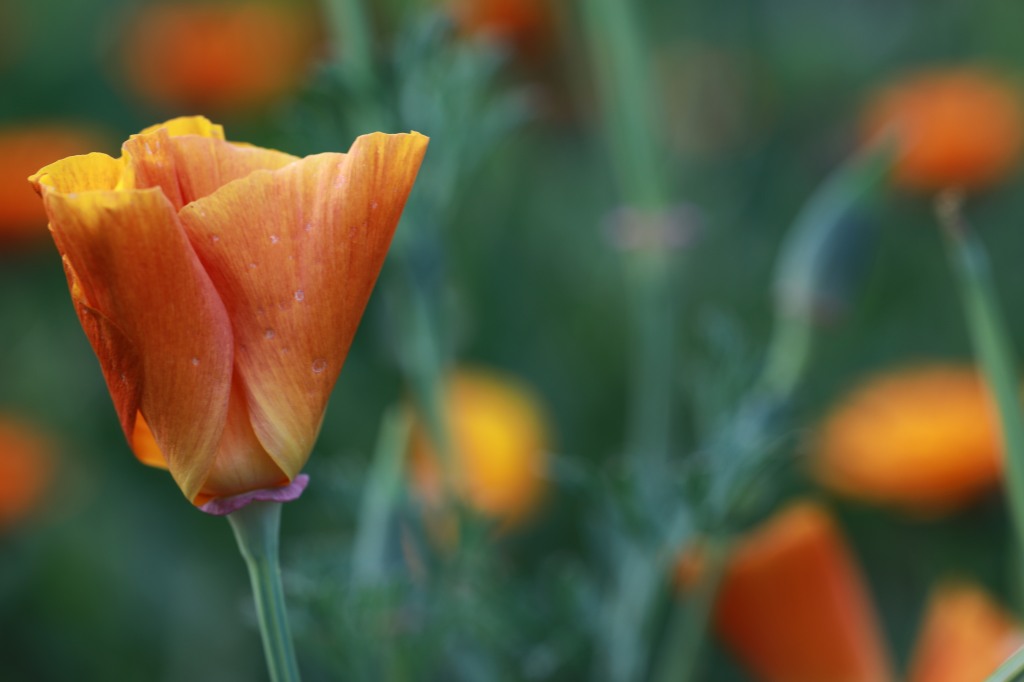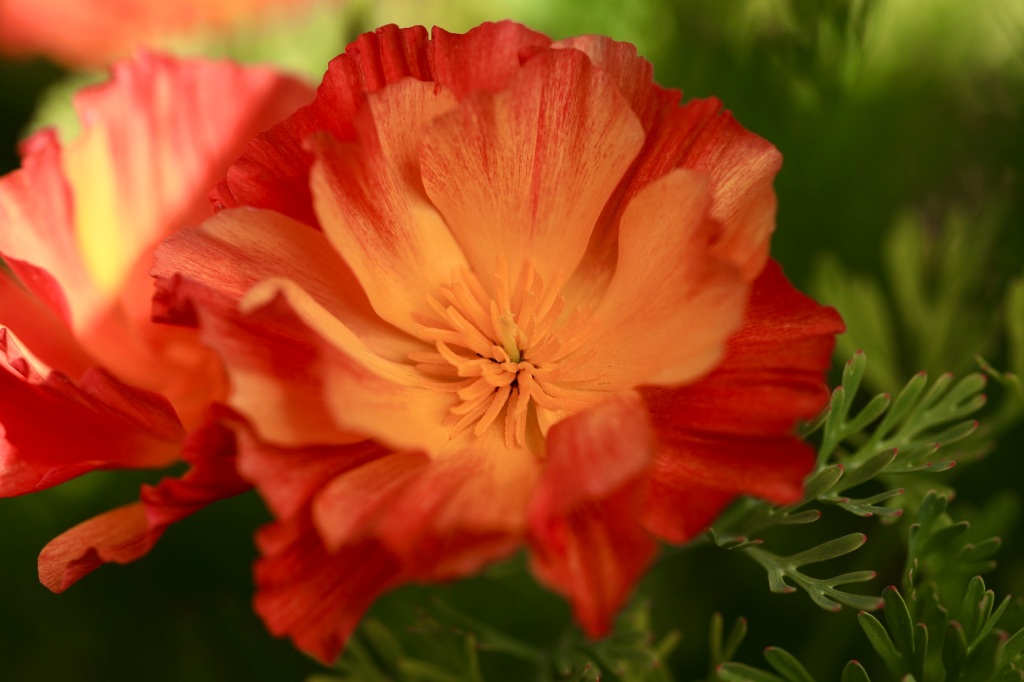When we first planted our orchard twenty-five years ago we didn’t know much about our soil we were putting the new little trees in, or for that matter what we should have done to improve it. There had been orchards all over our valley for decades and they all seemed to be doing great. In fact 40 years before we planted our orchard, there was a huge peach orchard right were we put in our little fruit orchard. But, the topsoil had been scraped, probably removed and sold, perhaps other soils brought in and if there were any original soil left, it was depleted. Within a few short years some of our trees started to show signs of iron deficiency. Yellowing leaves with green veins with the tips showing signs of burn. This is the first tell-tell sign of iron deficiency.
In our area we typically have a high content of iron in our native soils, but because the pH range is generally on the high side, around 7.5 to 8.0, plants can’t take up many of the nutrients in the soil needed for healthy growth and tasty fruit.
We have incorporated tree care regimens over the years and our newer fruit trees are healthier than ever and produce the best tasting fruits.
Every Spring (When trees begin to bud) the trees get a feeding of Azomite, Rock Phosphate and Gypsum sprinkled around the drip line with a heavy layer of compost, but not covering the trunk of the tree. Once the trees begin to leaf out we carefully watch for any yellowing, which seems to happen here once a year to every other year. While we give them all that tender loving care, they still seem to have an iron deficient issue on occasions. This is because of our high pH. Not only the soil’s pH is high, but our water is also high in pH, so yes, we have succumbed to the fact that we can do every thing to insure a healthy tree, but because we live where we live, we just have to do a little more maintenance to keep our trees at their best. The first sign of yellowing I sprinkle Ferris Plus Iron around the drip line of the trees (from the trunk, out to where the canopy of the tree stops) and water in thoroughly. Ferri Plus Iron is a chelated iron that the trees can take up very quickly. Generally within a week or less! You can use as a foliar spray, but I choose the easiest methods…or it may not get done. Follow the instructions on the label for each tree. Each tree will require a different amount of iron, due to their size, age and canopy. Trees that are deficient in iron will first show signs of yellowing with green veins. As the problems increases, leaves tips will look as if they have been burnt. If deficiency is left to get worse, branch die back can occur and the loss the tree is possible.
We have learned over the years of orcharding that just sticking a tree in the ground may work for a while, but giving it a great start to insure a healthier tree with more vigor, better tasting fruit and longer life is an investment worth putting time into. Trees we have planted lately have been healthier and less prone to bugs. Compost is always mixed in the native soil, but not more than a cubic foot for five gallon sized trees. Mychorrhizae is used as well to give them the best boost they can get. We could place fertilizer in each hole as well, but we feel the compost and Mychorrhizae is enough and then they get the regular feeding when the rest of the trees get treated.
Giving plants the proper nutrients will improve flavor of the fruit. We have found that iron and mineral deficient trees will have fruit that taste a little bland as well. A good example is we planted a Saturn peach years ago, and I threaten to yank it out every year. The fruit was not what a fresh peach should taste like. After starting a good fertilizing and fruit tree care program, amazingly, the fruit was sweet, juicy and delicious!





